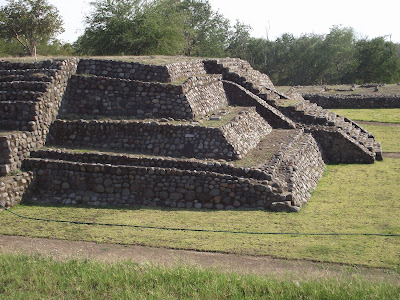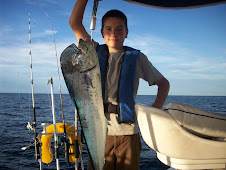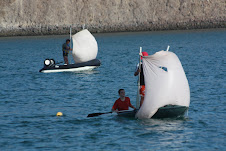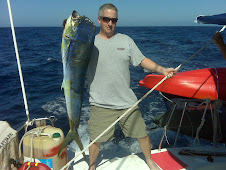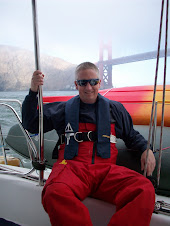And then there's the story of the sail boat Finesse. Finesse was a 27 foot sailboat with a single-handing owner, named Donn Pinkney. Finesse left Manzanillo here on the Mexican mainland on February 20th, on her way to Zihuatanejo. The boat was found about a week later washed up on a beach, stripped of anything portable at a place called Ticla. The owner was never found. Later, it was reported on the radio nets that the boat had been seen at anchor in Ticla, a surfing beach but not known as an anchorage. Donn was relatively young, fit, active and in good health. By all accounts he was a surfer, a swimmer and a sailor. There were no adverse weather conditions anytime that week. And he is gone, at anchor, in mild conditions, boat lost. It's a scary story that doesn't make any sense.
The crew of Just a Minute had a reason to care for the story of Finesse. While I was in Iowa, Patrick and Jack took JaM north from Zihuatanejo to meet me in Manzanillo. JaM left Zihuatanejo on February 22nd - following the exact opposite course of Finesse in the same time period. On February 24th, JaM anchored in Maruata. Within minutes of anchoring, a beautiful woman on a surfboard swam out to JaM and asked if they had seen a sailboat named Finesse. When they said "no" and told her that they had come from Zihuatanejo, she began to cry. Her name was Berenice and she was a good friend of Donn's. Finesse was overdue and Berenice had started from Manzanillo working her way down the coast to find Donn. With Patrick's answer, she knew that something had happened to her friend. She was bereft. Seeing the grief of a loved one made the story personal to us.
That night, February 24th, Patrick put out a "Health and Welfare" call for Finesse on the SSB radio Southbound Net. A Health and Welfare call is simply a way to let the cruising community know to be on the lookout for a vessel since someone is concerned for them. Often, a Health and Welfare call will be met with immediate information from someone who is anchored nearby or who has seen them recently. No one had any information that night. No one seemed to have even heard of the boat or met the owner. Over the following days, the Health and Welfare calls were repeated on the Southbound, Amigo and Sonrisa nets, reaching well over a hundred boats, but no one had any real information to give regarding Finesse. No one knew his planned stops on his trip to Zihuatanejo, or if he was going to do a straight shot. It was several more days until his boat was reported found at Ticla. By then it had been stripped of everything, further obscuring what had happened.
The story really concerns me for a couple reasons. We've been doing the exact same thing, in the same place, in the same time period and at no time have I ever felt threatened or at danger from anything. I would have thought the dangers of cruising the Pacific Coast of mainland Mexico were dealing with big ocean swell, lots of container ship traffic, and a greater danger of theft since there are so many people living here.













